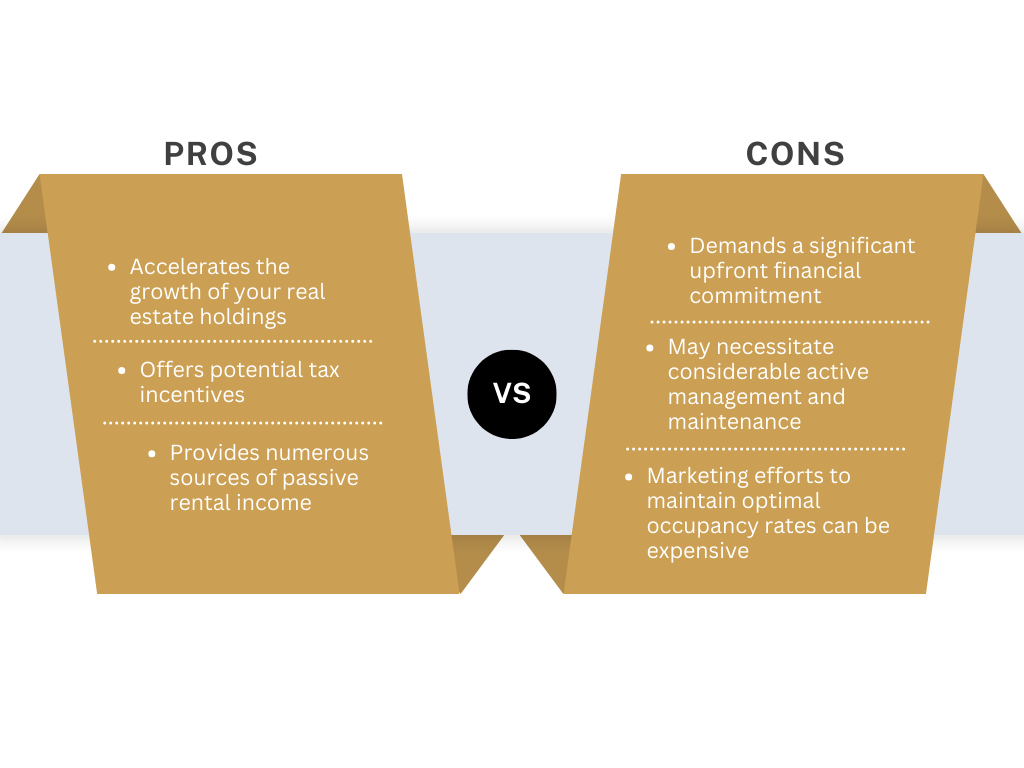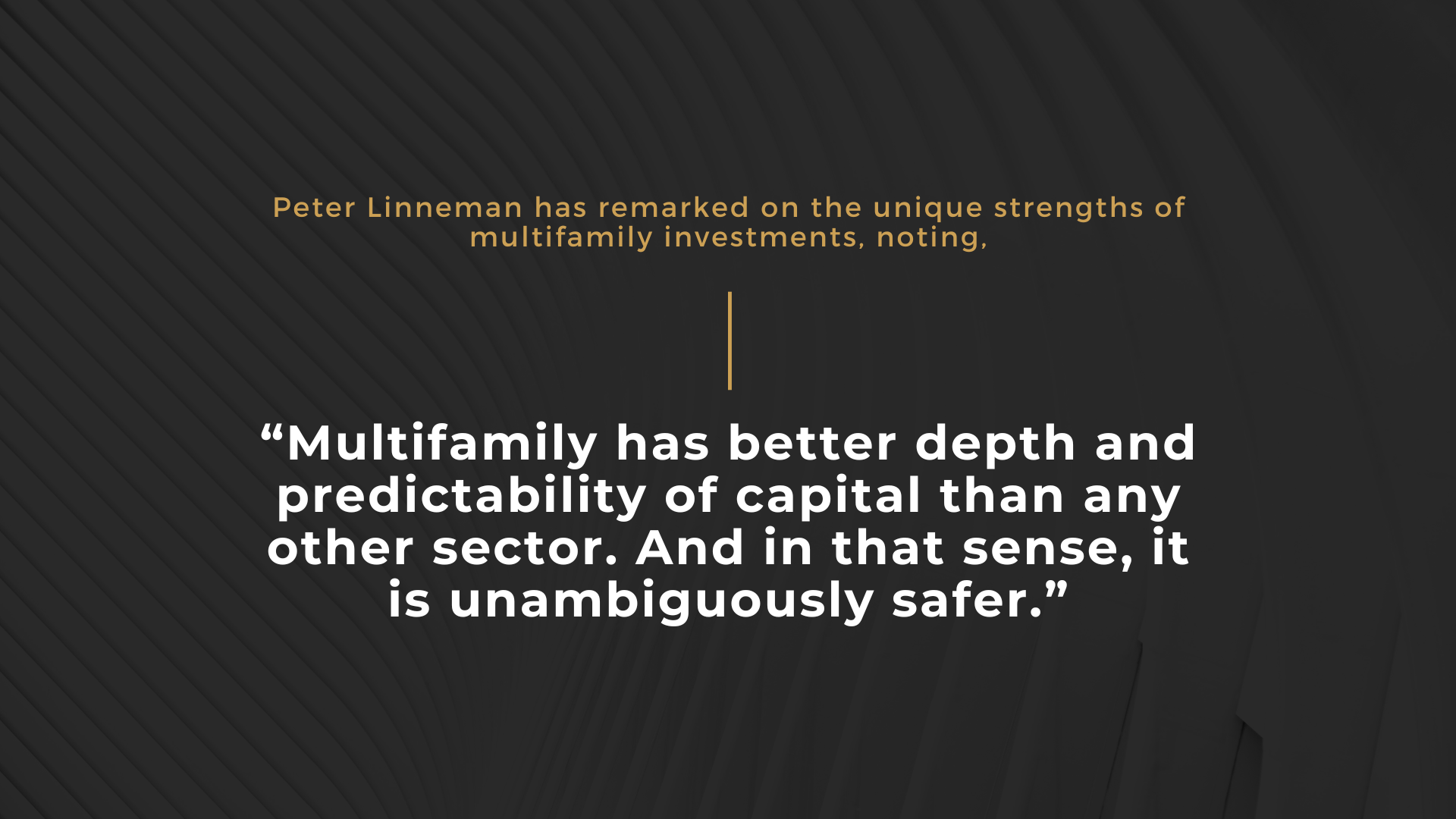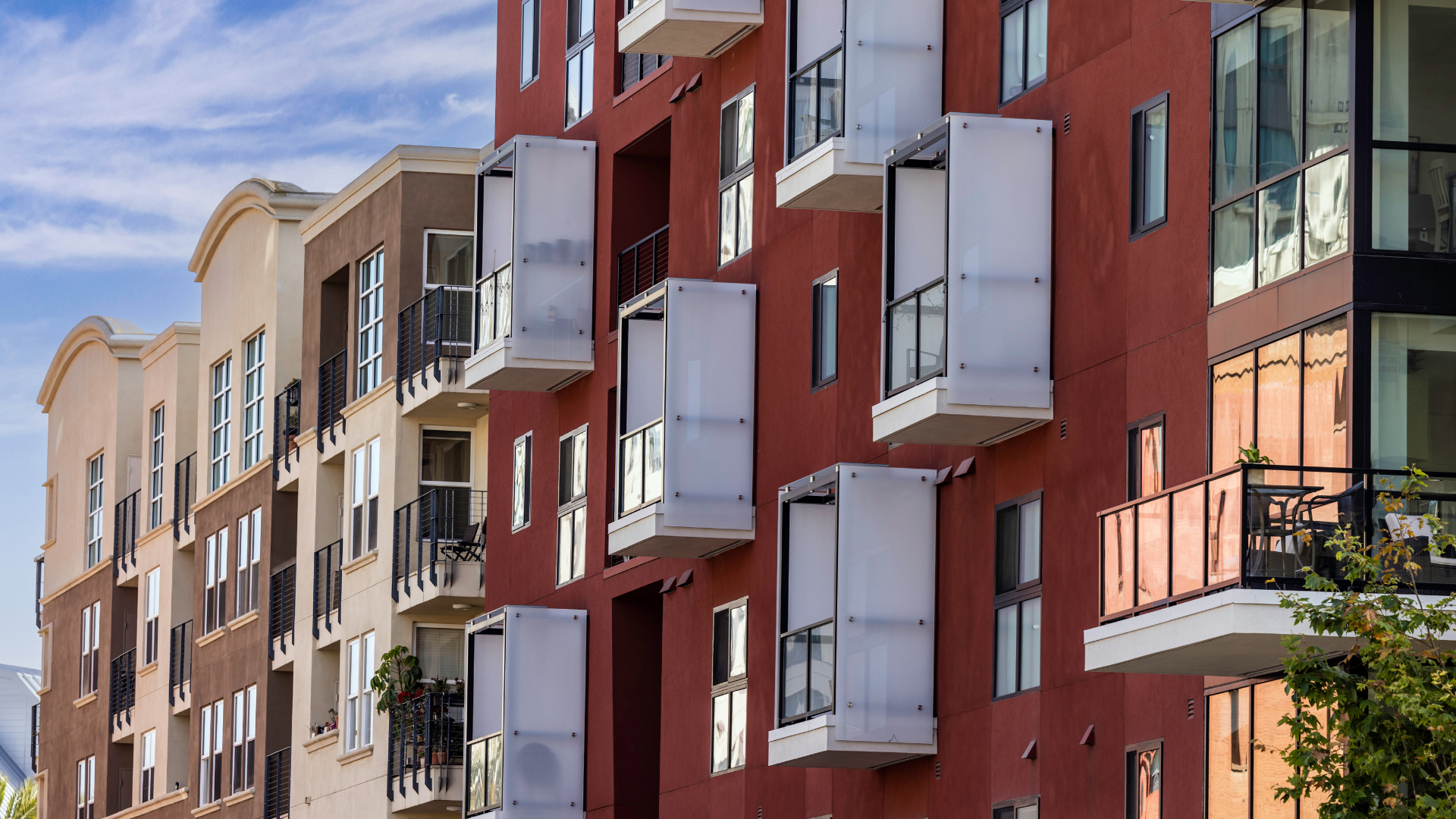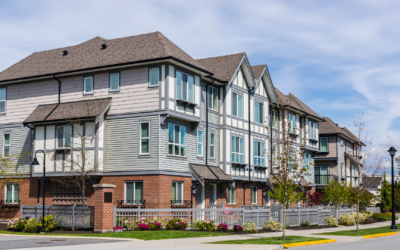The Future of Multifamily Real Estate Investments in 2024 and Beyond
|
FEBRUARY 21, 2024
|
Introduction:
In 2024, the broader economic landscape continues to be increasingly favorable for investments in multifamily properties. Here are some key trends bolstering the appeal of multifamily real estate investments:
– The cost of homeownership is at an unprecedented high. The scarcity and elevated prices of single-family homes are driving stronger demand for multifamily residences. With interest rates expected to remain above 6% in the near term, a growing number of prospective homeowners are opting to extend their apartment leases instead.
– The United States is experiencing a substantial deficit in housing units, coupled with strong projections for new household formations. With continued strength in employment figures, the demand for multifamily dwellings is likely to outstrip supply for the foreseeable future.
– Despite a slight easing, inflation remains a concern, with consensus among economists that it will persist. The capacity of multifamily investments to hedge against inflation further enhances their attractiveness compared to other asset types.
Although the pipeline for multifamily construction was robust until recently, rising interest rates have shifted dynamics. The Census Bureau anticipates a significant year-over-year decline in multifamily starts, leading to a narrowing supply pipeline in the coming years. Thus, investing in multifamily properties not only offers financial returns but also contributes to addressing the critical shortage of market-rate housing in the U.S. Investments in workforce housing are particularly needed, and any investment in dense housing can be viewed as a contribution to social impact.
Compared to single-family properties, multifamily investments provide scalability. The larger scale of multifamily projects, with numerous units and higher overall capitalization, enables operational efficiencies such as professional property management, strategic lease structuring, and targeted property marketing. These benefits should be taken into account when evaluating multifamily real estate as a potential addition to your investment portfolio.
Investing in larger multifamily projects can bring additional advantages through value-added amenities such as on-site laundry services, fitness centers, and pet-friendly spaces like dog parks.
Pros and Cons of Investing in Multifamily Properties:

Fortunately, utilizing a platform like Faris Capital Partners can help you leverage the advantages of multifamily investing while minimizing the drawbacks.
Multifamily properties are known for providing steady cash flow. Currently, inflation is at its highest in 40 years, which might seem alarming. But what does this really mean for investing in multifamily real estate?
Unlike properties in the office, industrial, and retail sectors, which typically rely on a single tenant or a few tenants under long-term leases, multifamily buildings often comprise many units, each with its own lease, usually lasting around one year. This setup offers protection against vacancies during economic slumps, as tenants cycle in and out regularly. Additionally, the frequent turnover allows property managers to incrementally adjust rents to reflect current market conditions and keep pace with inflation.
For further insights into how private real estate can act as an inflation hedge, consider exploring this related article.
Investing in multifamily real estate inherently comes with its benefits. However, investors can explore various strategies to enhance their portfolio’s diversity, such as engaging in different positions within the capital stack or opting for various investment approaches, like value-add or core-plus strategies.
Multifamily real estate is known for its stability. Peter Linneman, a leading figure at Linneman Associates, founder of American Land Fund, and former Wharton School professor, has highlighted multifamily investments as particularly secure. A key factor contributing to this security is the availability of financing from Fannie Mae and Freddie Mac, which is consistent and accessible for both large and small-scale borrowers.

To put this into perspective, as of the second quarter of 2022, federal agencies and government-sponsored enterprises represented about 50% of the total outstanding multifamily debt.
Moreover, the essential nature of housing means that multifamily properties generally withstand economic fluctuations and structural changes better than other sectors. This implies a greater resilience of multifamily properties across various market conditions. This resilience is not just theoretical; since the establishment of the NCREIF Property Index (NPI) in 1988, multifamily investments have consistently delivered superior risk-adjusted returns.
Multifamily Investments and Their Distinct Tax Advantages
Commercial properties with more than five residential units are often eligible for specific tax deductions, including:
– Costs for maintenance and repairs
– Property management fees
– Marketing and advertising expenses
– Insurance coverage premiums
– Utility expenses
– Expenses related to attracting and retaining tenants, which can be categorized as marketing and maintenance deductions. Passive investment in multifamily properties typically enables investors to benefit from “pass-through” tax deductions, meaning you can access the same tax advantages as the property’s managing sponsor.
It’s important to remember that Faris Capital Partners does not offer tax advice. Always consult a tax expert before making investment decisions in multifamily properties.
Given the strong demand and the current challenging environment for capital markets affecting sponsors and developers, investing in real estate debt presents a viable opportunity. The Ascent Income Fund, which primarily invests in multifamily assets, is an example. Structured as a private REIT, the Ascent Income Fund may qualify for specific tax advantages.
Opportunities for Passive Investment
For those who find the idea of direct property management unappealing, platforms like Faris Capital Partners offer a way to invest passively in multifamily properties. This approach allows you to reap the benefits of ownership without the day-to-day responsibilities.
Investing remotely in multifamily properties can offer consistent income and the chance to diversify your investment portfolio by entering markets that might otherwise be out of reach. The greatest advantage? You can enjoy these perks without the burdens of direct property management and upkeep.
Interested in learning more about Multifamily Apartment Investing? Download our FREE E-book – The Full Out Apartment Investor
Ready to connect?
Book a call with our investor relations team today to learn more about current investment opportunities.
Have a question?
Please use the form below to contact us. We will never spam you, or sell your email to third parties.




